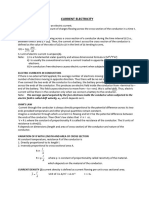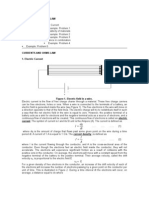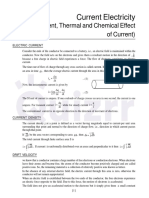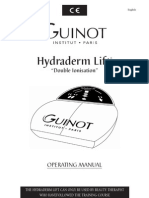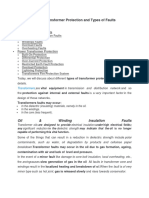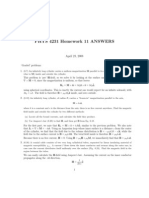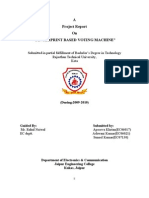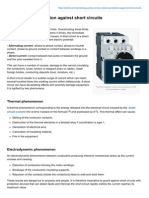0% found this document useful (0 votes)
38 views24 pages12th Physics Unit - 2 Notes
Unit 2 covers current electricity, focusing on the flow of electric charges and the concept of electric current, which is defined as the rate of charge flow through a conductor. It discusses the role of free electrons in conductors, Ohm's law, and the resistivity of materials, along with examples illustrating calculations related to current, drift velocity, and resistance. Additionally, it addresses the behavior of superconductors and the temperature dependence of resistivity.
Uploaded by
sai SreevCopyright
© © All Rights Reserved
We take content rights seriously. If you suspect this is your content, claim it here.
Available Formats
Download as PDF, TXT or read online on Scribd
0% found this document useful (0 votes)
38 views24 pages12th Physics Unit - 2 Notes
Unit 2 covers current electricity, focusing on the flow of electric charges and the concept of electric current, which is defined as the rate of charge flow through a conductor. It discusses the role of free electrons in conductors, Ohm's law, and the resistivity of materials, along with examples illustrating calculations related to current, drift velocity, and resistance. Additionally, it addresses the behavior of superconductors and the temperature dependence of resistivity.
Uploaded by
sai SreevCopyright
© © All Rights Reserved
We take content rights seriously. If you suspect this is your content, claim it here.
Available Formats
Download as PDF, TXT or read online on Scribd
/ 24
































